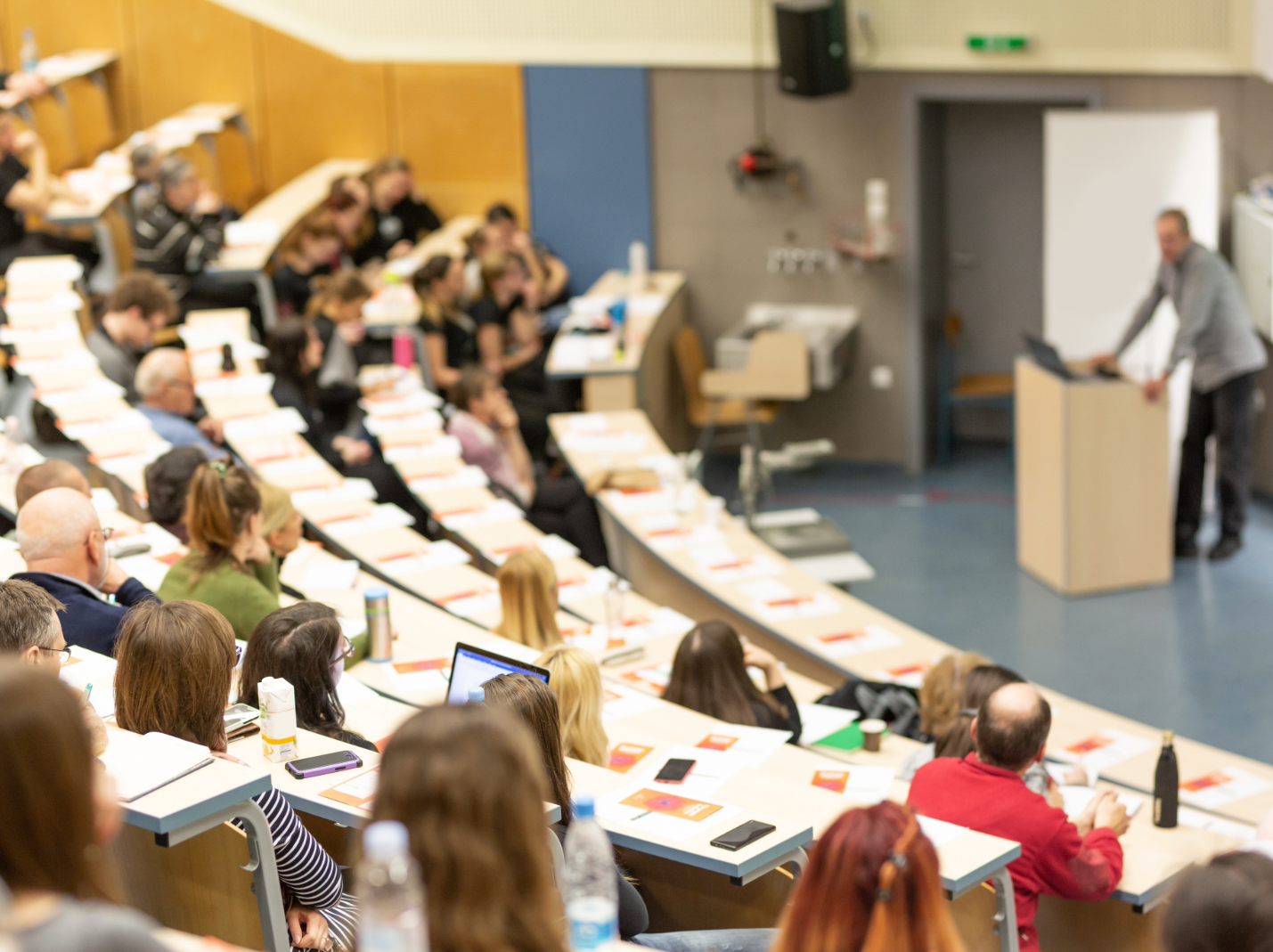
One of America’s most perceptive and productive scholars of our nation’s education system is Frederick M. Hess of the American Enterprise Institute (AEI). He, along with an associate, Richard Keck, has produced a tremendous study, “Putting ‘Education’ Back in Higher Ed,” for AEI. A rarity these days: I agree with virtually every word they said. They state that “too many institutions of higher ed are no longer focused on teaching.” They proceed to demonstrate that with some evidence on teaching loads, although they approvingly quote and support my position on how much the academy has gone to great lengths trying to keep such statistics secret.
[H]igher-education researchers evince remarkably little interest in how faculty use their time. ‘One of the closest guarded secrets in American higher education … is the average teaching loads of faculty.’
As one who was teaching college students when President Kennedy was assassinated in 1963 and as recently as last month, almost 62 years later, my experience, mostly at a good but not exceptionally selective state university, is probably fairly typical. When I began my job at Ohio University in 1965, the standard teaching load was formally 12 hours weekly—four three-semester-hour courses, but the school had already effectively reduced that for most teachers to nine hours—three courses in each semester. Two years later, we transitioned to the quarter system, which involved four hours of weekly instruction for each class, and the standard load decreased to eight hours. Over time, that load was gradually reduced by the more robust use of paid sabbatical leaves and teaching load reductions due to administrative responsibilities.
During the last decade, my university reverted to the semester system. However, the faculty usually succeeded in maintaining their two-course load, but now each class met only three hours a week. Over the past half century, little had changed in my department—except that the teaching load had decreased by 50 percent from the levels prevailing in the early 1960s. The explanation, of course, is that we now have important research responsibilities. But I did not see an explosion of important research. To be sure, more journals existed that published articles few read and almost never cited. The Law of Diminishing Returns is at work—less new insight is gained per hour expended researching topics, because the most important insights have already been copiously explored.
[RELATED: Vedder’s Case for Creative Destruction]
As Publish or Perish became even more prominent, academic plagiarism and the complete falsification of research results have become far more widespread, further eroding the integrity of the academic enterprise and undermining the justification for outside—mostly taxpayer—support. Physicians, lawyers, and other professionals typically work 40 hours or more weekly, often for 48 weeks a year, which amounts to approximately 2,000 hours or more annually. I suspect the average professor works 35 hours a week for maybe 42 weeks—or under 1,500 hours annually—much less. To be sure, there are exceptions, including some academic workaholics who work long hours.
Revealingly, however, Hess and Keck share some survey evidence showing that the general public overwhelmingly believes the best single measure of a university’s quality is the excellence of its faculty’s teaching, not its research accomplishments. I remember once talking to a friend who was a very well-known economist at Stanford, who told me he was sending his child to a high-quality teaching oriented liberal arts college rather than to Stanford despite having to pay much higher tuition fees, because the Stanford faculty were obsessed with their research and with working with a few select doctoral level students, so undergraduate teaching was neglected. Hence, at many schools, an academic underclass of adjunct faculty and graduate assistants carries a large percentage of the undergraduate teaching.
Again, the university community’s values and actions are contemptuous of the wants and needs of the customers that justify its existence—the students. Additionally, the prestigious elite schools that are highly dependent on federal research grants are now facing existential threats from the Trump Administration’s efforts to cut those grants and also access to the foreign graduate students who often are profitable—because they pay the full tuition fee—and often become part of the aforementioned academic underclass.
For its survival and continued prosperity, the academy needs to confess its sins, reverting to the basics of teaching, accompanied by a secondary emphasis on research. It needs to rid itself of academic charlatans whose research is fake and grade inflation that fosters academic mediocrity. It needs to recognize greatness in teaching more, although admittedly, measuring teaching competency is very difficult, and even sometimes realized only long after students graduate from college.
Image by kasto on Adobe Stock; Asset ID#: 259710506
While I couldn’t agree more that most professors in the Liberal Arts and Humanities do little work, in the sciences with their lab organization the professor typically works 60-70 hours a week, as he/she is a small businessman and supports a large number of underlings (not only post-docs and graduate students but technicians and support staff). These people need to be treated differently than those who are “free-floating” (that is, no one under them save maybe a graduate student or two who they “supervise”). In fact, the modern university is based on a feudal structure, and it would be better to split the two apart–labs in one organization, non-labs in another. This would also protect the sciences from being polluted with whatever academic theory du jour is being promulgated in the liberal arts.
The problem is that the funding line — the money being paid by students and on their behalf — is for teaching.
Particularly in the sciences….
One more thing — the semester is shorter than it once was — it once was 17 weeks, exclusive of finals, which were in January for the fall semester.
Great, drive out more of the scientists.
Frederick Hess is no great shakes as either a teacher or researcher, from what I can tell.